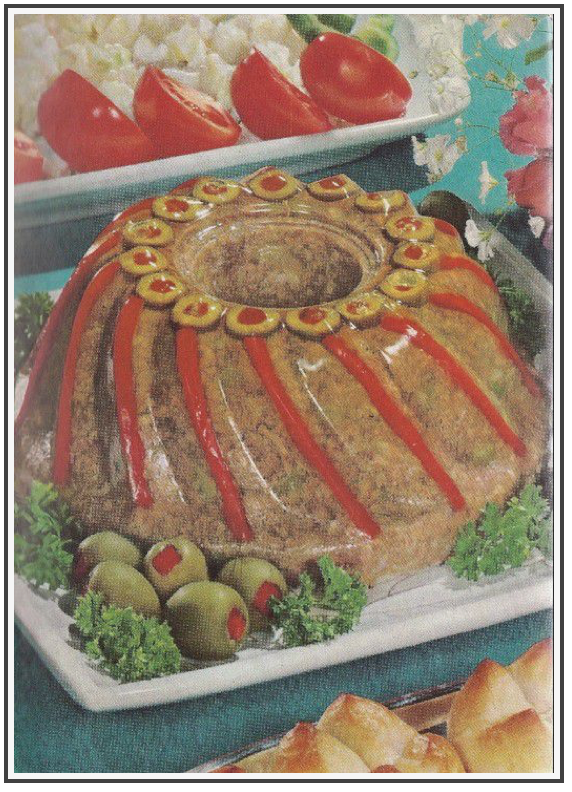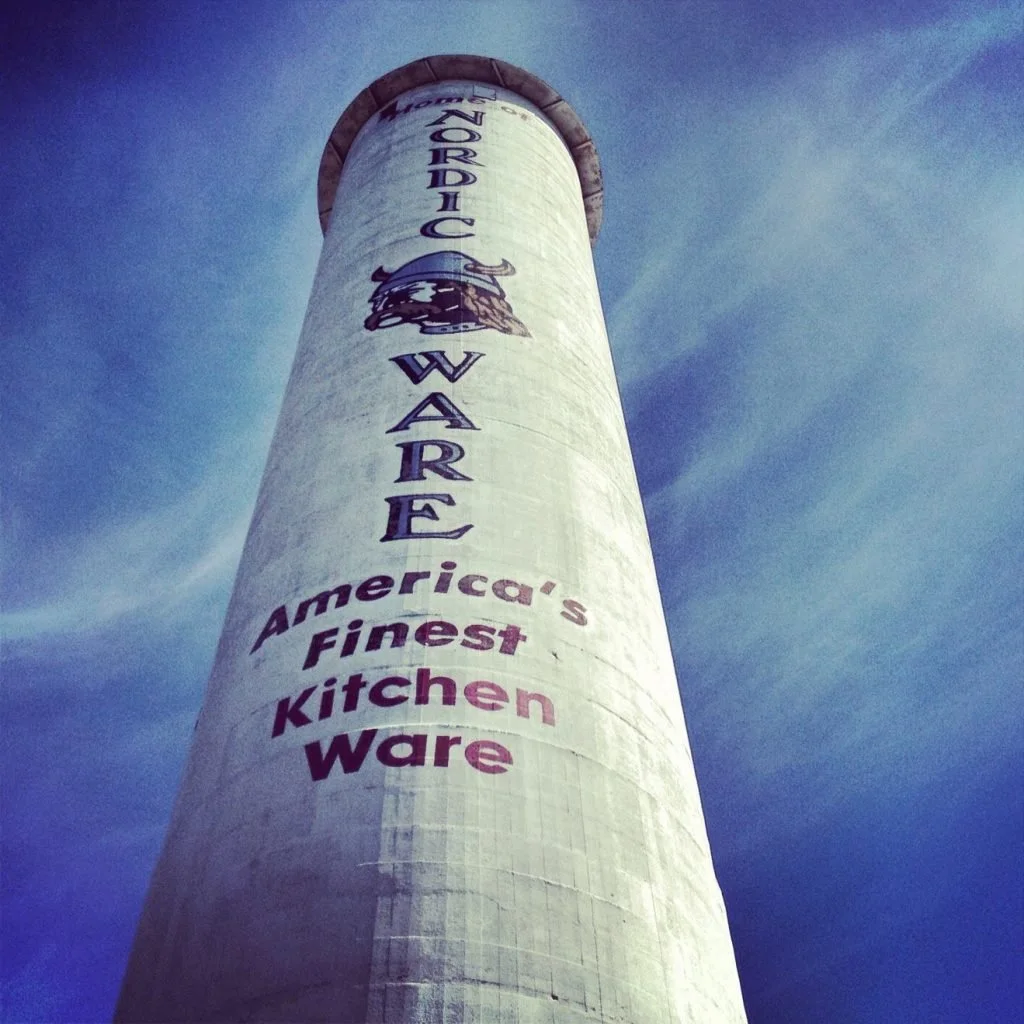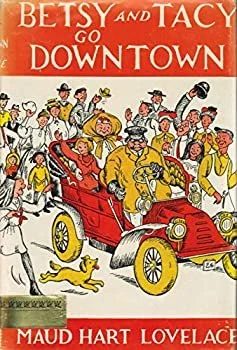A History of Big Bundts
Growing up in Iowa, I’ve had my fair share of Bundt cakes. My mom also used her Bundt pan to bake pull-apart “monkey bread”. In high school, when we performed the annual Madrigal Dinner, the not-so-historically accurate Figgy Pudding was suspiciously Bundt-shaped (even with a flaming cup full of sterno filling the center hole). The fruitcake was also suspiciously sterno-flavored after being carried by distracted teenagers trying to walk, sing, and carry an open flame at the same time. I didn’t know that the Bundt was born in Minnesota! Or was it?
Nothing Bundt the Best
Ella Herlfrich, the Texas housewife whose widely publicized “Tunnel of Fudge” Bundt cake won 2nd place in the 1966 Pillsbury Bake-off, inspired experienced and novice bakers across the country to try their hand at baking. But she didn’t invent the Bundt cake or its pan.
H. David Dalquist, owner of the Minneapolis-based Nordic Ware company, often gets credit for inventing the Bundt pan. At the height of a cake-baking fad in the 80s, Nordic Ware was making 30,000 pans per day. Today, over 70 million households have at least one Bundt pan. Although Dalquist was the first to manufacture the pan in 1946, he didn’t invent the Bundt Cake or its signature pan either.
The “history” portion of the Nordic Ware website say that Rose Joshua, Fannie Shanfield, and Mary Abrahamson, were Jewish wives and mothers who had moved with their families to the growing suburb, Saint Louis Park, in the 1930s and 40s. Craving the bundkuchen (also known as Kugelhopf and Gugelhupf) her mother used to make, Rose Joshua asked Dalquist if he could custom design a pan she could use. Dalquist obliged and Nordic Ware added a few to their stock. For the first few decades, they sold very few Bundt cake molds, except for the few that Joshua, Shanfield and Abrahamson sold as a fundraiser for their chapter of Hadassah.
The cast aluminum pans created by Nordic Ware in 1950 were much lighter and substantially different from the ceramic bundkuchen mold used by German Jews. Savvy to the anti-semitic beliefs prevalent at the time following World War II, Dalquist named his new pan, “Bundt”, using Bund from the original recipe and adding a “t” on the end to differentiate from the Nazi German American Bund (“bund” means group or gathering in German).
In 1973, Nordic Ware applied to trademark “Bundt Cake Mix” as they licensed the term to Pillsbury for a line of cake mixes. The trademark examiner found that the word bundt may have been used in America at least 20 years before Dalquist applied it to his pans. Similar to the bundkuchen that Rose Joshua was nostalgic for, the examiner found several recipes for Bundt Kuchen in The Settlement Cookbook published in 1903 and reissued in 1915 and 1930. The cookbook also described the Bundt form which was curiously similar to the Nordic Ware Bundt Pan.
Is it possible that Dalquist came up with the word himself as a riff on the word Bundkuchen ignorant of its prior use? Sure. It is also possible that Nordic Ware made up its origin story to support their trademark case, since the trademark would be easier to defend on the grounds it was “misspelled” or “misused” foreign word that had no real meaning.
In the end, Nordic Ware lost their trademark case for the cake mix. They are also unable to apply their trademark to finished cakes. To this day, their trademark only applies to the cake pans.
Look at Her Bundt
After Herlfrich’s success with “Tunnel of Fudge'' in 1966, Pillsbury encouraged the creation of new Bundt cake recipes. More recipes mean more cakes, more cakes mean more flour sales. The Harvey Wallbanger cake - adding the flavors of the trendy cocktail to a cake - was the next big success.
The wide-ranging recipes that emerged through the 70s and 80s demonstrated the mindset of homecooks at the time. Busy moms, many returning to the workforce, wanted recipes filled with flavor - but also with convenience. Pillsbury’s line of Bundt Cake mixes simplified the process and suddenly even the most beginner baker could create an elegant, fluted, fluffy dessert masterpiece. Pudding mixes, powdered frosting, and the addition of odd ingredients were inventive, if not instant classics.
Recovering from their loss of trademarked mixes, Nordic Ware discovered another way to add variation to your Bundt cake repertoire (and to sell more pans) was to create new shapes. Today, they sell more than 30 shapes as different as flowers, haunted mansions, hearts, crowns, and wreaths. Each new shape allows even the most beginner baker to look like a professional. The Star of David-shaped pan pays tribute to the Jewish women who inspired the original so long ago.
They have also had great success with Bundtletts or mini-bundt pans that make individual serving-size cakes. Which leads us to another twist in the trademark trail.
Nothing Bundt Cakes
In 1997, Dena Tripp and Debbie Shwetz opened their first bakery location of “Nothing Bundt Cakes” in Las Vegas. To get their own trademark, Nothing Bundt Cakes had to differentiate themselves from any other Bundt cake. The word Bundt had become a victim of genericide, becoming so commonly used a word that it could no longer be considered individual (like Kleenex, Ziploc, or Tupperware). They had to come up with a secondary differentiator to stand out from the crowd and gain protected status. In their case it’s not the pan they use, it’s not the cake recipe, and it’s not the frosting recipe. The subtle, but very important key, is the way they frost their cakes. Something as simple as the placement, direction and width of the stripes of frosting keeps other bakeries from copying them and stealing away any part of Nothing Bundt Cakes’ $332 million dollars in sales in 2019. As of 2022, they have 410 franchise bakeries throughout the United States.
Beyond the Bundt
Outside of Nordic Ware’s Factory in Saint Louis Park stands a round tower emblazoned with the company logo. You can’t miss it as you drive by on Highway 7 or 100. For a long time, I assumed it was a smokestack or boiler chimney since it is outside of a factory. It was only in investigating the history of the Bundt cake that I discovered that the structure has a very important history of its own!
To find out what I learned about the surprising history of the Nordic Ware tower, read “Nordic Where?”
One Final Note: In case you are wondering what recipe beat out Herlfrich’s iconic “Tunnel of Fudge” recipe in that original Pillsbury Bake-off: She was defeated by a recipe for Golden Gate Snack Bread, a recipe that called for processed cheese spread and dried onion soup mix. The recipe’s creator, Mari Petrelli, won so many Pillsbury Bakeoff’s that after her 1966 win the judges informed her she could no longer compete.




















